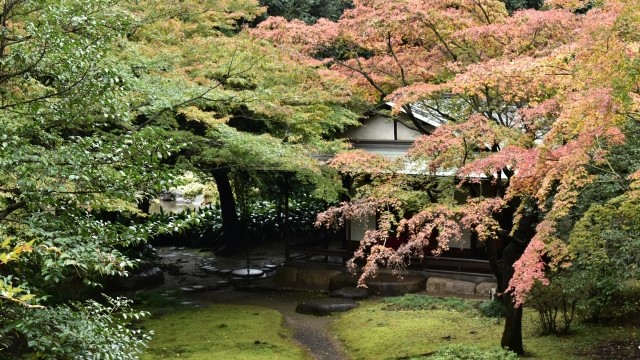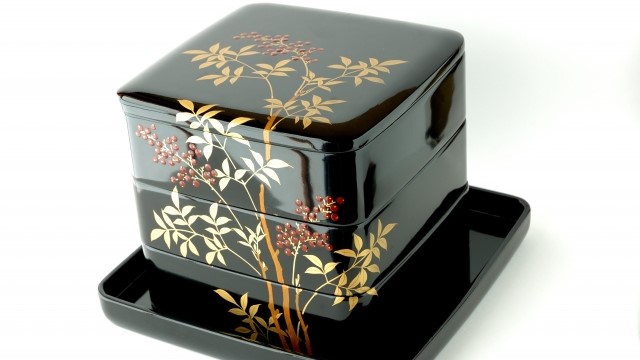About Sado, Japanese tea ceremony (茶道)
Chanoyu was originally an extravagant pastime for samurai, monks, and aristocrats. In the Muromachi period (1333-1573), the concept of spirituality was born, and it was Sen no Rikyu brought it to fruition as “wabi-cha”.
The ideal wabi-cha is to be the master of a humble house and to entertain guests. Sen no Rikyu systematized everything from ceremony manners to creating a tea room and garden based on his aesthetic sense.
The idea of tea has had a profound influence on pottery art, the craft of Japanese lacquer, and bamboo craft. Furthermore, it can be said that wabi-cha formed the basis of Japanese culture in the following years, as “Itto Sansai,” invented as a meal at a tea ceremony, evolved into Kaiseki cuisine.
The name “Sado,” a tea ceremony, was born in the middle of the Edo period. It became so popular as a lesson for the ordinary people that the tea ceremony practitioners, who lamented that their spirituality had faded, began to call the way of Chanoyu Sado.
Tea room

Sen no Rikyu found beauty in a hermit’s quiet and modest life in wabi-cha. The idea was to be the master of a humble house and to entertain guests. Sen no Rikyu left behind a tea room that pursued his philosophy of eliminating waste to the utmost limit, from 4.5 tatami mats to 2 tatami mats and then 1.5 tatami mats.
The garden that leads to the tea room, Roji, was also invented by Sen no Rikyu. The open space, Roji, with stepping stones and stone lanterns, gave the impression of a mountain village, which later became a style of Japanese gardens. The reason why flowering trees are not allowed in the Roji is so that they do not interfere with the flowers on the floor of the tea room.
Ichigo Ichie means a once-in-a-lifetime meeting. This phrase expresses the philosophy of Sen no Rikyu, who said, “When you attend a tea ceremony, remember that today’s tea ceremony is a once-in-a-lifetime event and that both the host and guest should be sincere with each other.
At a tea ceremony, the host prepares the Tokonoma (alcove) to entertain the guests. In addition, the vase is decorated with seasonal flowers, and the incense burner is also carefully crafted to contain incense wood.

The difference between the Sado and the Chanoyu
It is said that Sen no Rikyu said, “Chanoyu is just pouring hot water and pouring tea.”
The “Chanoyu” means the act of making tea for drinking.
In contrast, the word “Sado” is used the same way as “Kendo, Kado, Shodo, and Kodo”.
As you can see from “Do” in the word, it means training to improve oneself through learning tea.
Sen Soshitsu, the head of the Urasenke family of Sado, said the following.
Chanoyu is about enjoying a bowl of tea first for yourself and then having a once-in-a-lifetime meeting to share that bowl of tea with others.
On the other hand, the Sado means that when each person who enjoys the Chanoyu looks back at the path he or she has taken, he or she can confirm whether or not the path is following the path that Sen no Rikyu sought.
How to drink tea

The sweets are brought to you before you drink your tea. Having the sweet treats first will enhance the taste of the tea.
When the tea is brought in, we greet them with our hands. Lift the teacup with your right hand and place your left hand underneath, pressing lightly. Turn the teacup clockwise twice to drink, wipe off the drink with your thumb and forefinger, then turn it back twice in the opposite direction to put it back.
The front of the tea bowl should be pointed at the guests. In Urasenke and other styles, the tea bowl is turned to avoid the front of the tea bowl and drink, but some styles do not turn the bowl to respect the feelings of the owner who is facing the front.













